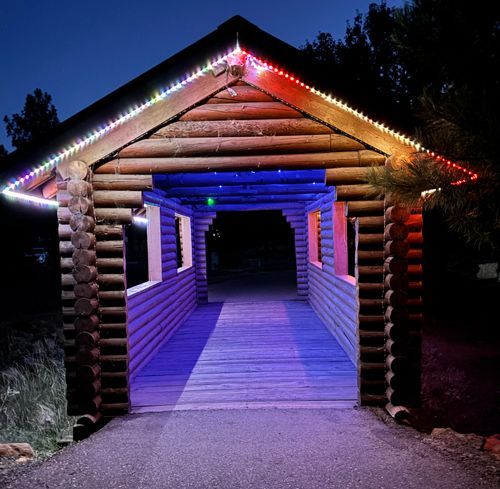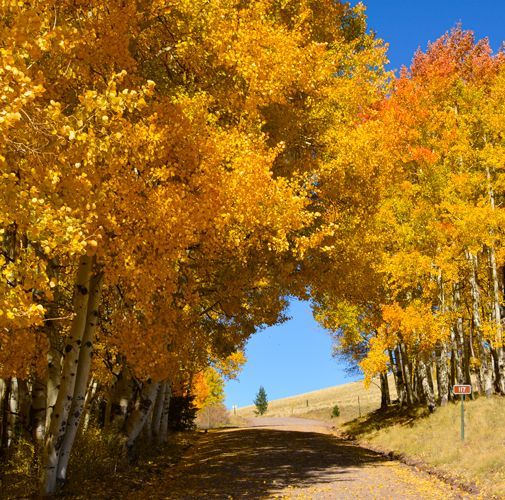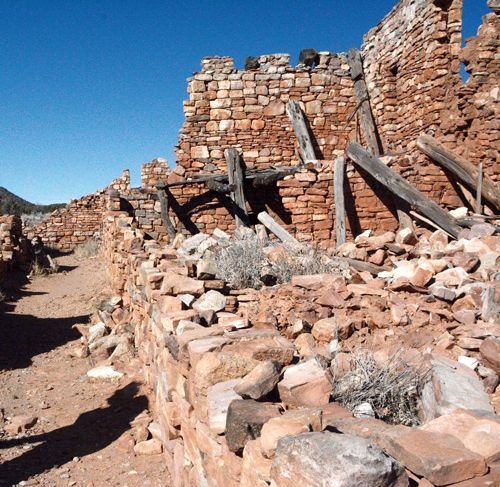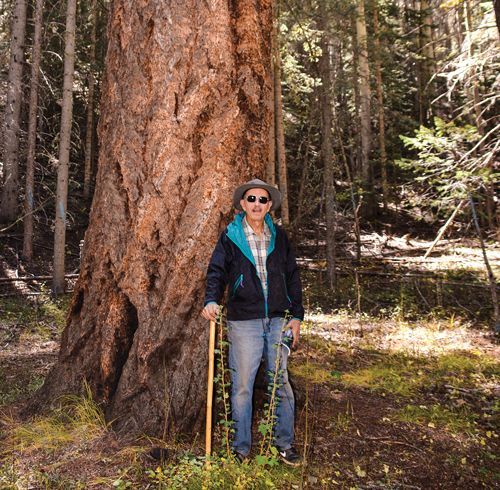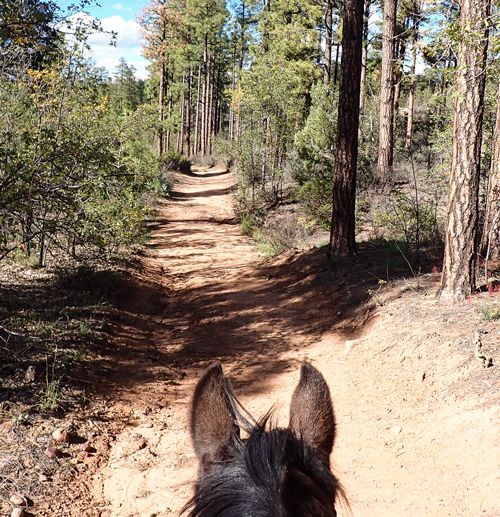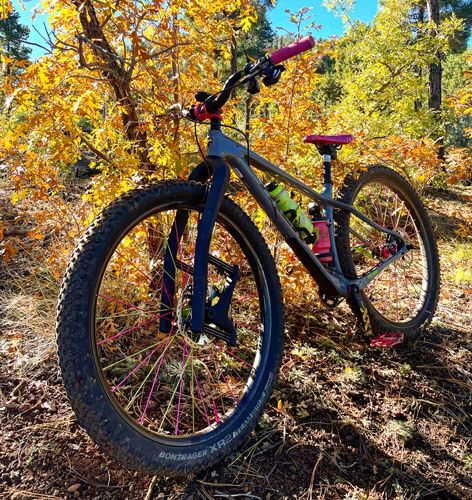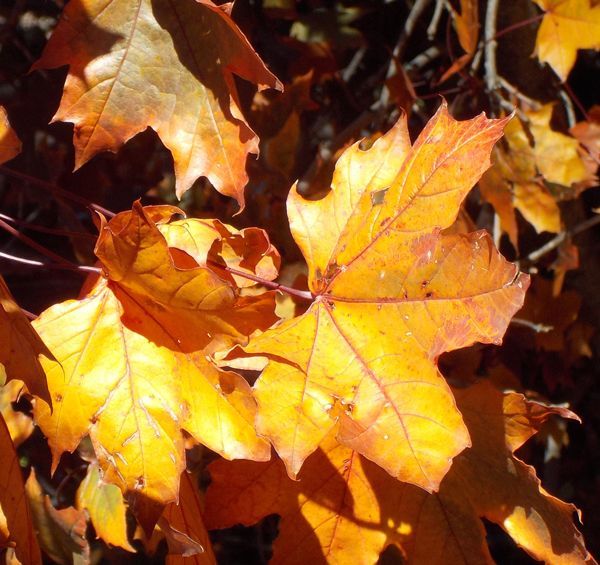Arizona Elk are descendants of the elk in Yellowstone National Park

As I drove toward Springerville recently, I noticed a hint of change in the colors of the Aspen leaves and it reminded me that it’s the time of the year when you can’t help but notice the elk as the rut begins. What’s the rut? Keep reading and we’ll get to that, I promise.
The elk that are now in Arizona are all descendants of elk that were translocated from Yellowstone National Park in the early 1900’s. Historically, elk were only thinly distributed in Arizona from the White and Blue Mountains west along the Mogollon Rim to near the San Francisco Peaks. These native elk, Merriam Elk, were a subspecies of North American Elk, Cervus elaphus. By 1900, all the Merriam Elk were eliminated, likely due to over-hunting by early settlers.
In the early 1900’s, several elk relocations took place. In 1913, the Winslow Elk Lodge released 83 elk from Yellowstone into Cabin Draw near Chevelon Creek. The elk were shipped in crates and carried by train and wagon. In 1927, another shipment of elk from Yellowstone arrived on the train in Holbrook. 27 of these elk were loaded on trucks and driven to Springerville. The remaining elk were sent on a rail car and were supposed to be released near Williams. The Springerville elk were driven on trucks through freezing temperatures and snowy roads to Campbell Blue Creek, south of Alpine, where they were reluctantly released. The elk that were bound for Williams, after local stockmen opposed the release, were sent on to Kingman and released into the Hualapai Mountains. Our current elk population are all descendants of these early transplants.
Elk are an edge species, meaning they prefer habitat found where two communities come together. For elk, they tend to prefer forests and meadows. The meadows are for feeding and the trees for resting. Areas with fallen trees are particularly important to cow elk for concealing their newborn calves.
Elk are migratory. They require separate summer and winter ranges. In the summer, you can find elk in mountain meadows and coniferous forests in central and eastern Arizona. In the winter, they move to lower pinyon-juniper woodlands, mixed conifer forests, plains grasslands or, sometimes, desert scrub. Elk may move up to 30 miles between their summer and winter ranges in the White Mountains.
Studies by Arizona Game and Fish Department found that migrating elk tend to leave their summer range about November 25 and arrive at their winter range by December 15. In late March or early April, the elk will start the migration from the winter range back to their summer range. Winter migration usually coincides with the first snow fall and summer migration links with the greening up of grasses.
The preferred food of elk is grass during the spring and summer. In mid- to late-summer, they tend to switch to forbs (broad leafed, non-woody plants like wildflowers and weeds). Winter food items include leaves and buds of shrubs and low trees. Elk also browse mountain mahogany, sagebrush, rabbitbrush, cliffrose, manzanita, Aspen, conifers, oaks and willows.
In the fall, mature bulls will start to secure herds of female elk, called harems. These harems can number between five and 30 individuals (including yearlings and calves). Bull elk will forcefully defend their harems. This time is the beginning of the rut. The bulls will be bugling to attract female and to fend off other males. Breeding occurs in September and October. Gestation (pregnancy) is about 8 to 8.5 months. Cows typically give birth to one calf each year, born in late May and early June.
The average bull elk weighs 700 pounds while the average cow elk weighs 450 pounds. Elk typically live about 14 to 16 years for males and 15 to 17 years for females.
Antler development and size is a result of age. Older, larger bulls have the largest, most developed antlers. Older bulls will shed their antlers anywhere from January to March and yearling males won’t shed theirs until between March and June. Immediately after antlers are shed, new antlers begin forming. The antlers will grow for about 90 days for yearlings and up to 150 days for adult bulls. In early August, when antler growth is complete, the dry velvet is stripped off the hardened antlers by the bull polishing them against trees.
The details of the elk releases are fascinating. If you’d like to know more about the history of wildlife management in Arizona, stop by one of the Arizona Game and Fish offices and pick up Bringing Back the Game by David E. Brown. There’s a whole chapter on the elk reintroductions. You can purchase the book for $19.95 or the three books in the series for $34.95 (which comes out to about one book free).

